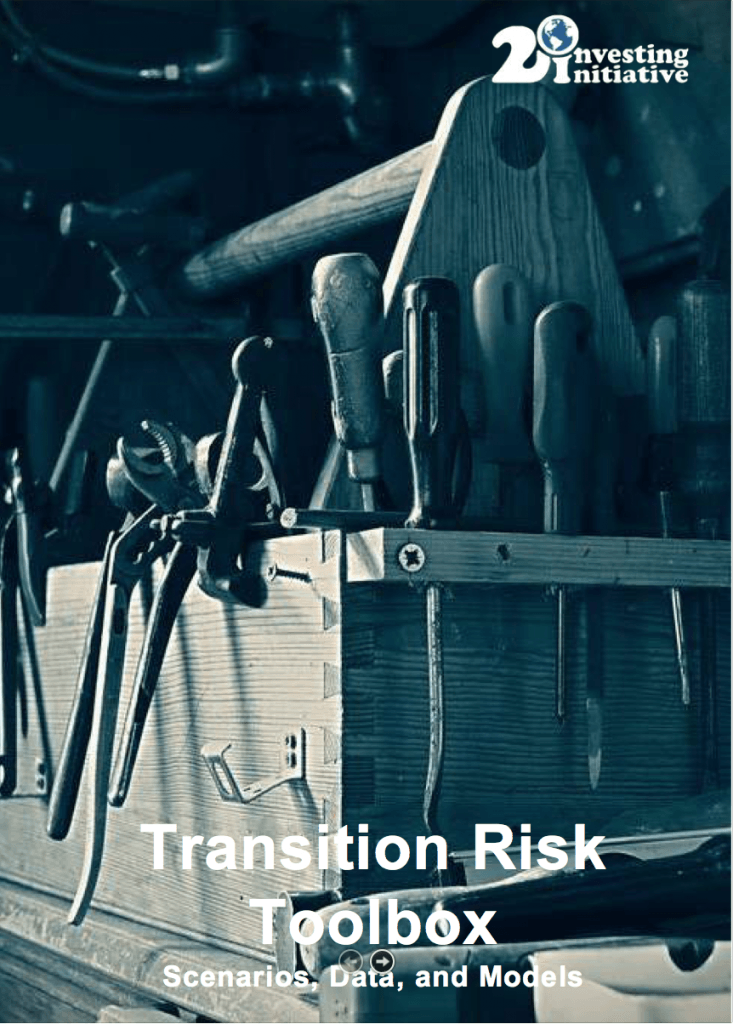It seeks to map these inputs, how they have been used to date, and the missing pieces requiring further research and analysis.
For the purpose of this report, transition risk is defined as the financial risk associated with the transition to a low-carbon economy. Such risk, alternatively known as carbon risk, carbon asset risk (Ceres et al. 2015; WRI/UNEP FI 2015), and now more commonly transition risk associated with climate change, is on the agenda of the Financial Stability Board (TCFD 2016) and the G20 (UNEP 2016). Reporting on transition risk is now mandatory for institutional investors in France, and many other investors are examining it on their own within the broader context of climate-related financial risks.


